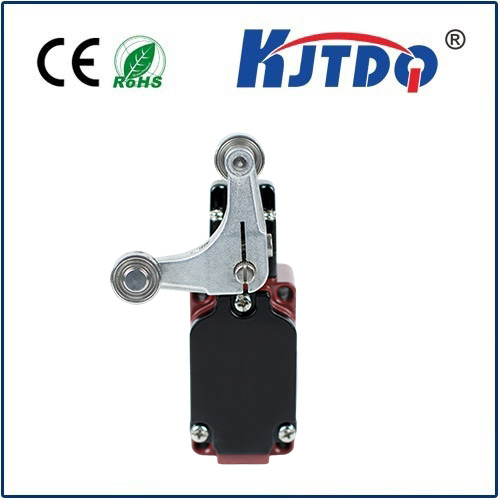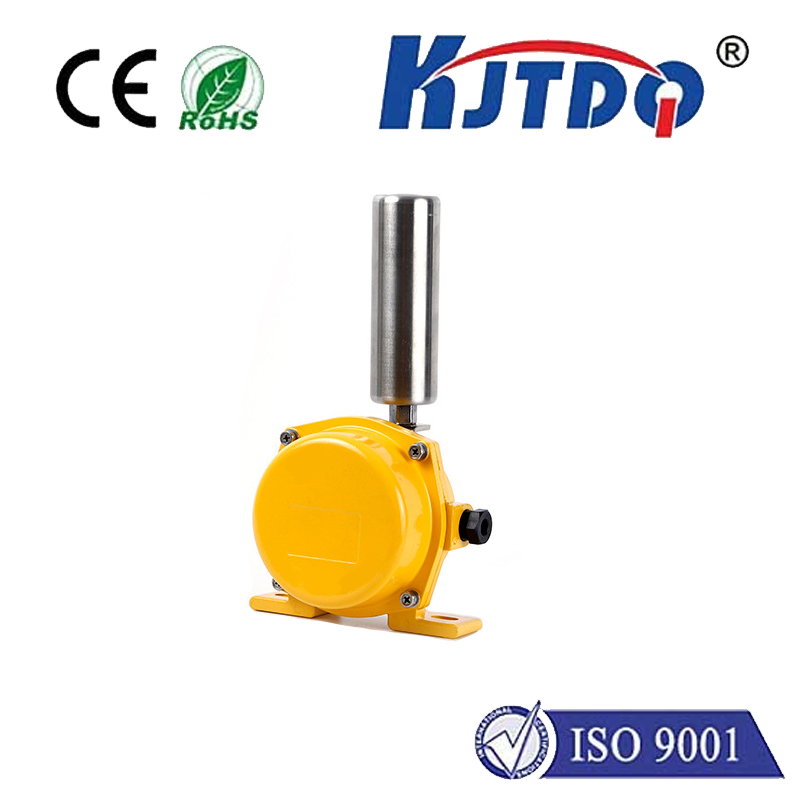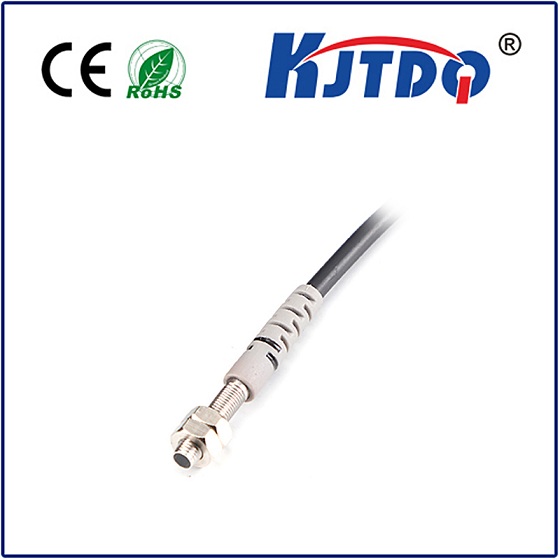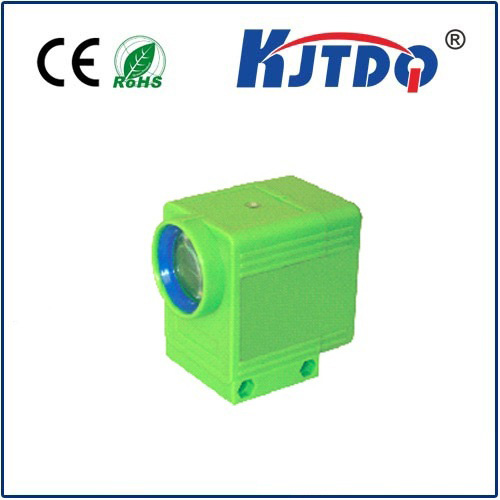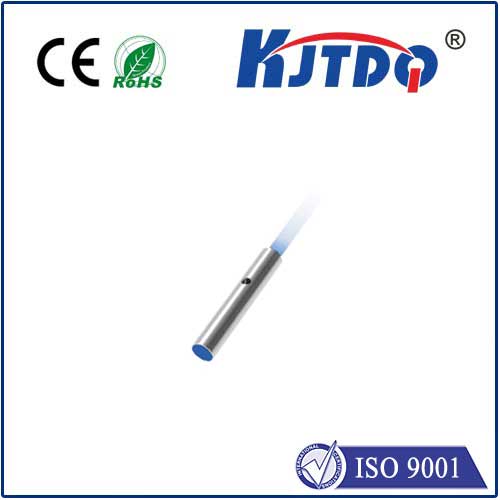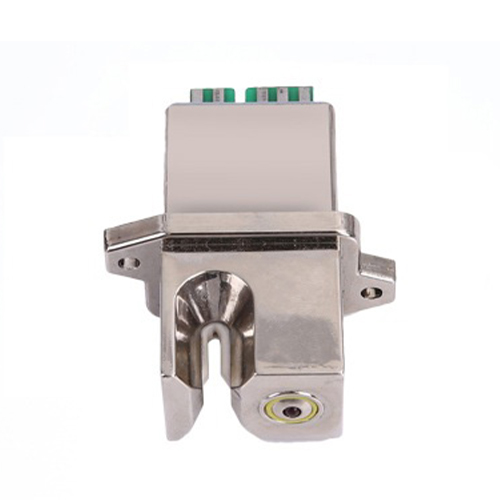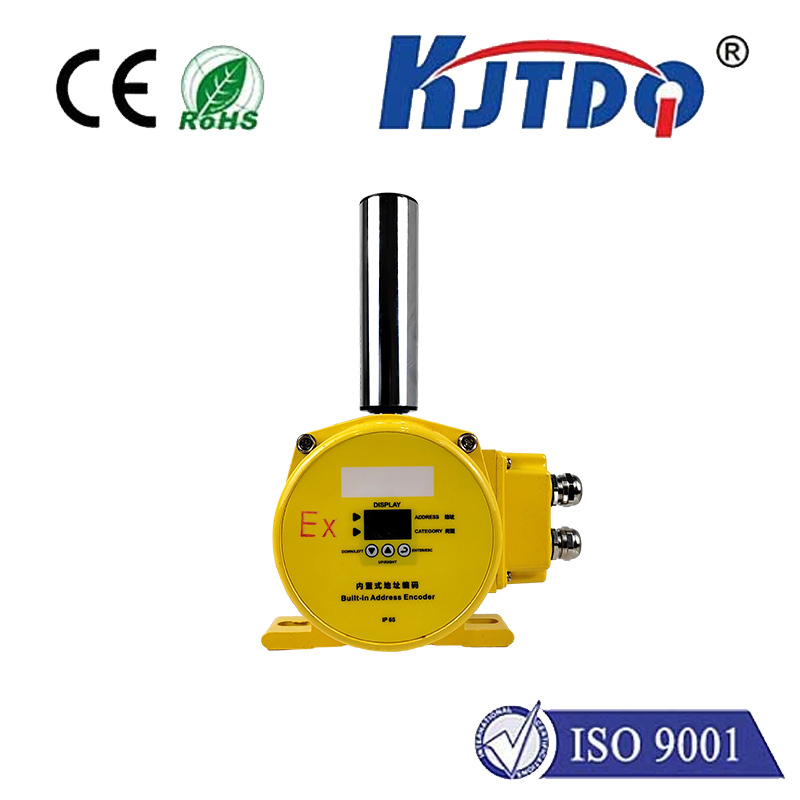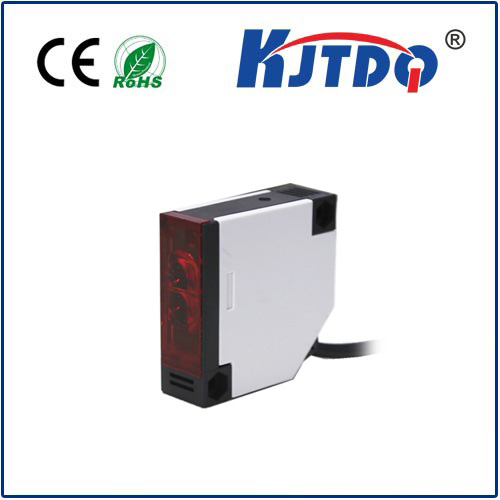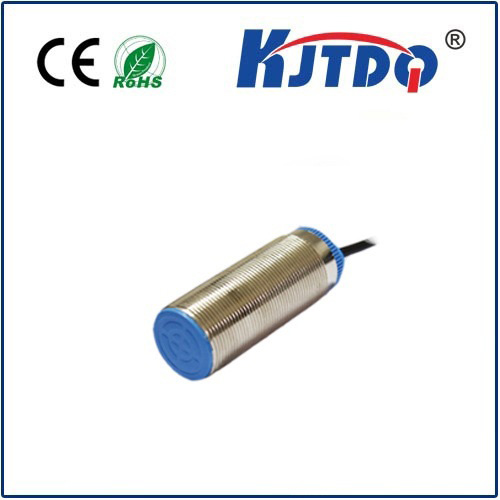Pololu VL53L0X: Revolutionizing Precision Distance Measurement in Compact Devices In an era where automation, robotics, and smart technology dominate innovation, the demand for accurate, compact, and reliable sensors has never been higher. Enter the Pololu VL53L0X—a game-changing time-of-flight (ToF) laser-ranging sensor that redefines precision in distance measurement. Whether you’re designing a self-navigating robot, enhancing gesture controls for consumer electronics, or optimizing industrial automation, this tiny yet powerful component is poised to become an indispensable tool in your toolkit.
The Pololu VL53L0X is a breakout board built around STMicroelectronics’ VL53L0X sensor, designed to simplify integration into projects. Unlike traditional infrared (IR) or ultrasonic sensors, this device uses a 940nm laser to measure distances up to 2 meters with millimeter-level accuracy. Its key advantages include:
The sensor employs time-of-flight technology, a method that calculates distance by measuring how long it takes for a laser pulse to reflect off a target and return. Here’s why this approach is transformative:
From hobbyist projects to industrial systems, the VL53L0X’s adaptability shines. Let’s explore its most compelling use cases:

Autonomous robots rely on accurate environmental mapping. The VL53L0X’s fast response time and long-range capability make it ideal for collision avoidance, object tracking, and terrain analysis. In drones, it aids in altitude stabilization and landing assistance.
Imagine a gesture-controlled lighting system that adjusts brightness based on hand movements. The VL53L0X’s ability to detect subtle positional changes enables such innovations, enhancing user interaction with IoT devices.
In manufacturing, the sensor can monitor conveyor belt item placement or verify component dimensions with sub-millimeter accuracy, reducing errors and improving production efficiency.
Fitness trackers and AR glasses benefit from the sensor’s compact design. For instance, it could measure a user’s proximity to objects in augmented reality applications or track repetitive motions during workouts.
While ultrasonic sensors (like the HC-SR04) and IR proximity sensors are popular, they fall short in specific scenarios:
Pololu’s breakout board simplifies adoption with a pre-soldered VL53L0X chip and easy-to-use I²C interface. Here’s a quick integration guide:
startContinuousMeasurement().As industries embrace automation and miniaturization, ToF sensors like the VL53L0X are becoming foundational. Innovations in this space—such as multi-object detection and extended range—will further solidify their role in next-gen tech. Whether you’re a maker experimenting with robotics or an engineer optimizing industrial systems, the Pololu VL53L0X offers a future-ready solution that balances performance, size, and versatility. Its ability to deliver high-precision data in real time ensures it will remain a cornerstone of innovation for years to come.
